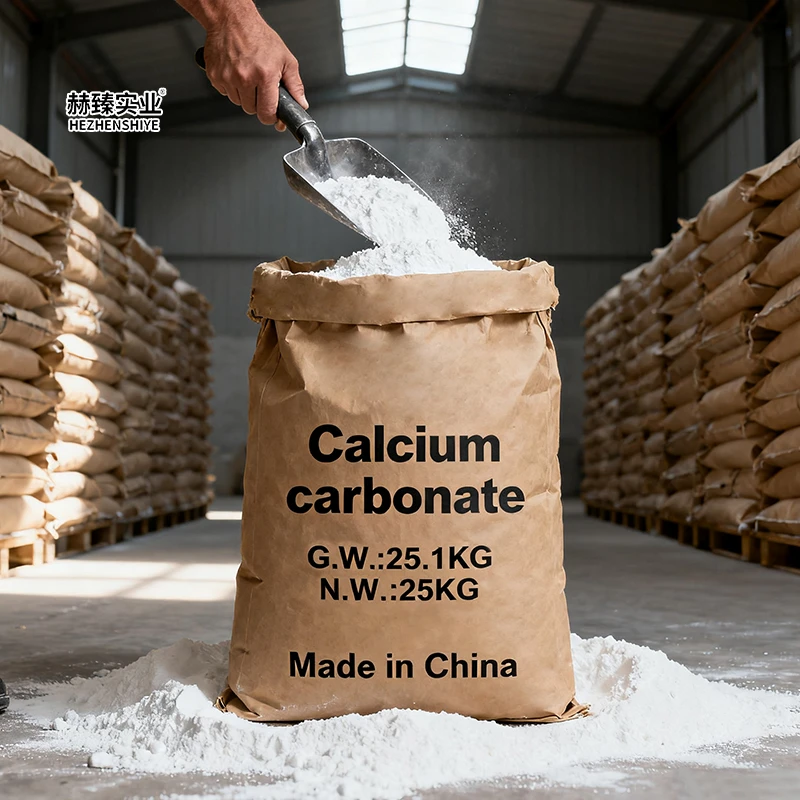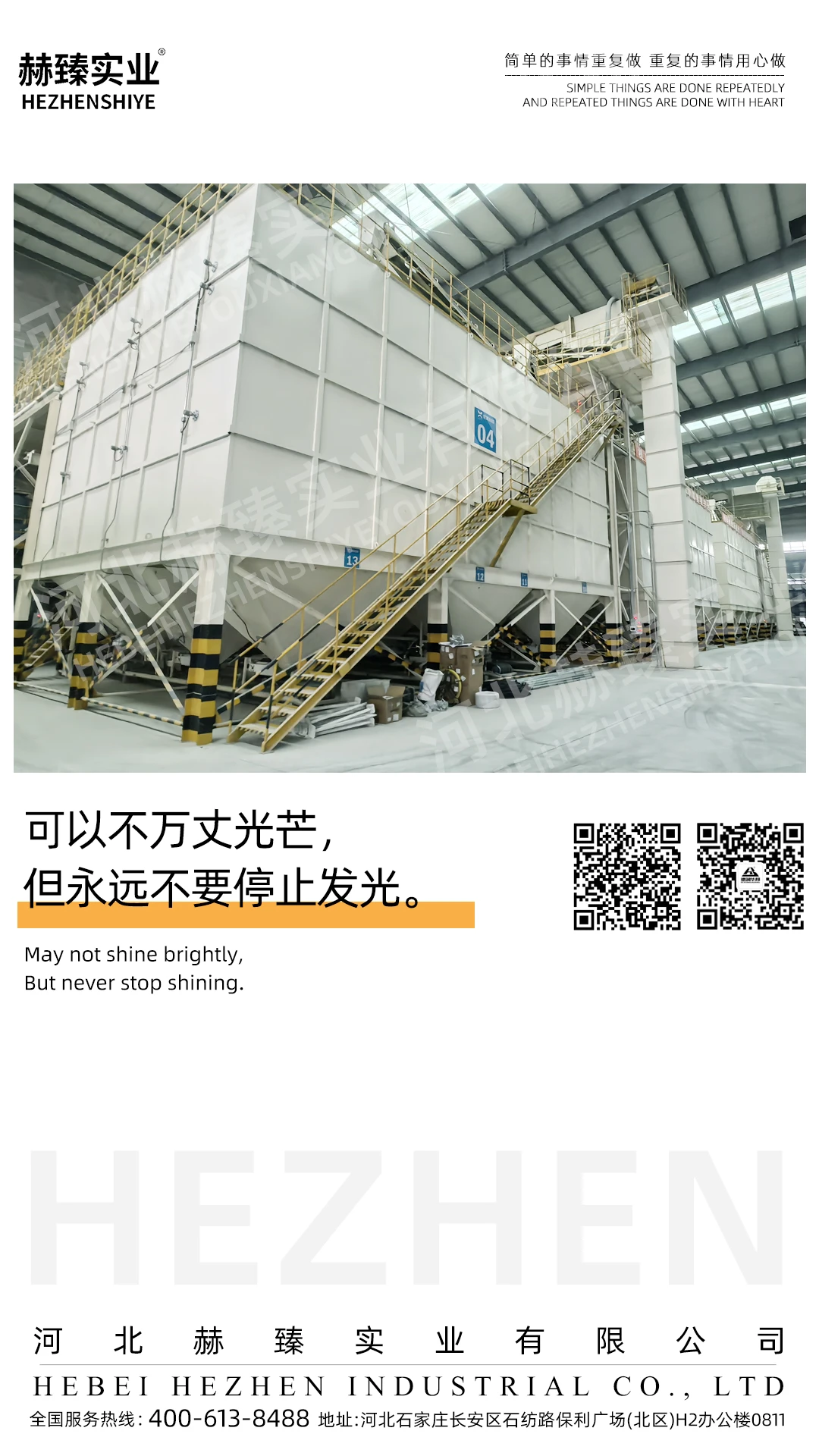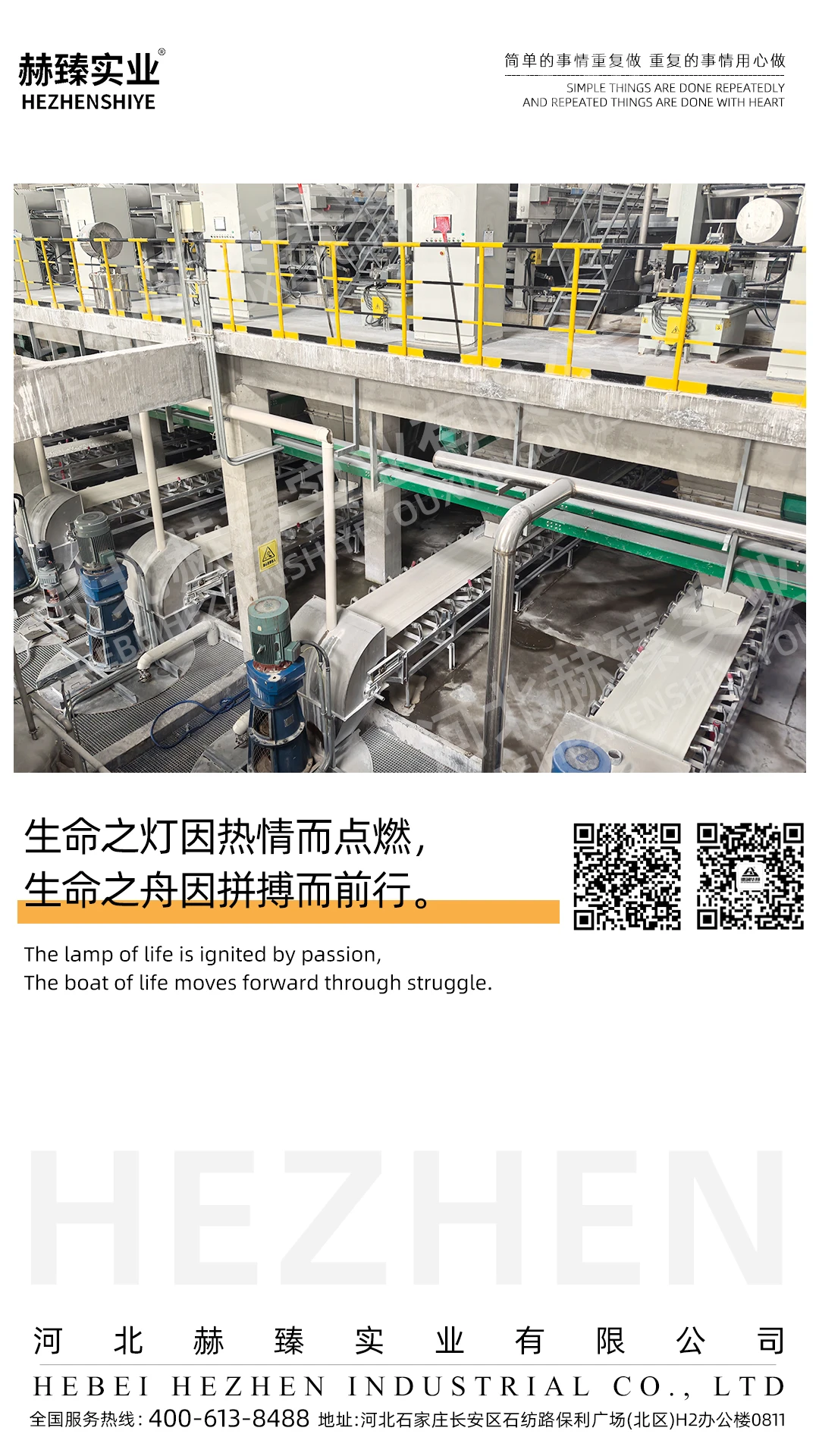Paint Coating Grade Diatomite Powder Improving Film Adhesion Opacity And Weather Resistance For Architectural And Industrial Coatings
Paint and coating industries are in a perpetual quest for additives that can optimize performance, cut costs, and comply with stringent environmental regulations. Diatomite powder, with its distinct physical and chemical attributes, has emerged as an indispensable and multifaceted solution for formulators. It significantly enhances film adhesion, opacity, weather resistance, and the overall sustainability quotient of architectural and industrial coatings, setting itself apart from conventional additives such as talc or calcium carbonate. The unique combination of porosity, high aspect ratio, and silica-based composition in diatomite powder effectively addresses the core challenges associated with coating performance.
For utilization in coatings, diatomite powder undergoes meticulous processing to meet exacting particle size and purity benchmarks. The journey begins with raw diatomite ore, which is washed rigorously to eliminate clay and organic impurities. Subsequently, it is subjected to low-temperature calcination (400 - 600°C), a process that safeguards its porous structure while enhancing its whiteness to an L* value of ≥90. Grinding operations are carefully controlled to yield powder with particle sizes in the range of 5 - 20 μm. Finer particles, measuring 5 - 10 μm, find application in high-gloss architectural coatings, imparting a sleek and polished finish. Coarser particles, sized between 15 - 20 μm, on the other hand, are ideal for industrial coatings, as they enhance texture and adhesion. This precise processing ensures that diatomite powder disperses uniformly within coating resins, including acrylic, epoxy, and polyurethane, without causing issues such as sedimentation or unwanted changes in viscosity.
One of the most notable advantages of diatomite powder in coatings is its ability to boost film adhesion. Its porous architecture enables coating resins to infiltrate the pores, establishing a robust mechanical interlock between the film and substrates like metal, wood, or concrete. In the realm of industrial metal coatings, which are commonly used for machinery or structural steel, incorporating 5 - 8% diatomite powder into epoxy formulations can lead to a remarkable 35 - 45% increase in adhesion strength, as determined by cross-hatch and pull-off tests. This enhanced adhesion translates to a significant reduction in peeling and chipping of coatings, even in harsh environmental conditions. For instance, outdoor structures exposed to the elements, including wind, rain, and extreme temperature fluctuations, benefit greatly from this property. A German construction company, for example, reported a substantial extension in the lifespan of the acrylic coatings on its steel bridges from 5 - 7 years to 10 - 12 years after using diatomite powder-modified coatings. This not only enhanced the durability of the structures but also led to a 60% reduction in maintenance costs.
Diatomite powder also plays a crucial role in enhancing the opacity of coatings, thereby reducing the reliance on costly titanium dioxide (TiO₂). Thanks to its porous structure, diatomite powder scatters light more efficiently than solid particles, providing excellent hiding power that allows substrates to be covered with fewer pigments. In architectural latex paints, replacing 10 - 15% of TiO₂ with diatomite powder can maintain the same level of opacity while slashing raw material costs by 15 - 20%. Coating manufacturers' tests have shown that diatomite powder-modified paints exhibit a hiding power of 10 - 12 m²/L (at a 50 μm dry film thickness), which is on par with high-TiO₂ formulations but at a lower cost. Moreover, the high whiteness of diatomite powder ensures that coatings retain their bright colors and resist yellowing, even after prolonged exposure to UV light.
Weather resistance is another standout feature of diatomite powder in outdoor coatings. Its silica composition makes it inert to UV radiation, oxidation, and chemical degradation, effectively shielding coating films from premature aging. In architectural exterior paints, adding 3 - 5% diatomite powder can reduce chalking (the powdering of the film surface) by 50 - 60% after 2000 hours of accelerated weathering (ASTM G154). This property is of utmost importance in regions with intense sunlight, such as the Middle East or Australia, where coatings typically degrade within 2 - 3 years. Additionally, diatomite powder improves the water resistance of coatings. Its porous structure allows it to absorb small amounts of moisture without swelling, preventing the formation of blisters on humid substrates like concrete or wood.
In the industrial coatings sector, which encompasses applications on pipelines, storage tanks, and automotive parts, diatomite powder imparts valuable functional properties such as corrosion resistance and heat resistance. In anti-corrosion coatings for oil pipelines, diatomite powder acts as a formidable barrier against moisture and salt, reducing the corrosion rate of steel by 40 - 50% in salt spray tests (ASTM B117). In high-temperature coatings used for industrial furnaces or engine parts, diatomite powder's thermal stability, which can withstand temperatures up to 1200°C, ensures that coatings maintain their integrity at elevated temperatures. This outperforms organic additives, which typically decompose above 200°C.
The environmental sustainability of diatomite powder aligns perfectly with the increasing demand for low-VOC (volatile organic compound) coatings. As a natural mineral additive, it contains no VOCs or toxic substances, enabling coatings to meet global environmental standards, such as the EU’s REACH and the US EPA’s Green Building Standards. Diatomite powder also improves the flow and leveling of coatings, reducing the need for organic thinners, which are a major contributor to VOC emissions. A US-based coating manufacturer reported that by incorporating diatomite powder, they were able to reduce the VOC content of their acrylic paints from 150 g/L to 80 g/L, thus complying with the strict regulations set by the California Air Resources Board (CARB).
When formulating coatings with diatomite powder, several key considerations come into play, including dispersion, loading level, and compatibility with other additives. Proper dispersion, achieved through the use of high-speed mixers or ultrasonic equipment, is essential to prevent the agglomeration of diatomite powder particles, which could otherwise compromise the smoothness of the film. Loading levels usually range from 3 - 10%. Exceeding 10% may result in an increase in coating viscosity, necessitating adjustments to the resin or solvent content. Fortunately, diatomite powder is compatible with most coating additives, including defoamers, wetting agents, and colorants, making it relatively easy to integrate into existing formulations.
In the decorative coatings segment, diatomite powder is increasingly being used to create unique textures and finishes. Its ability to enhance the aesthetic appeal of coatings while maintaining performance makes it a popular choice among designers and architects. Whether it's creating a subtle, matte finish for interior walls or a textured, weather-resistant coating for exterior facades, diatomite powder offers a wide range of possibilities.
For marine coatings, which are constantly exposed to the harsh marine environment, diatomite powder provides excellent protection against saltwater corrosion, UV damage, and abrasion. It helps to extend the lifespan of ship hulls, offshore structures, and other marine equipment, reducing the frequency of maintenance and repainting.
In the wood coatings industry, diatomite powder improves the adhesion of coatings to wooden substrates, enhancing their durability and resistance to scratches, stains, and moisture. It also helps to maintain the natural beauty of the wood, allowing the grain to show through while providing a protective layer.











